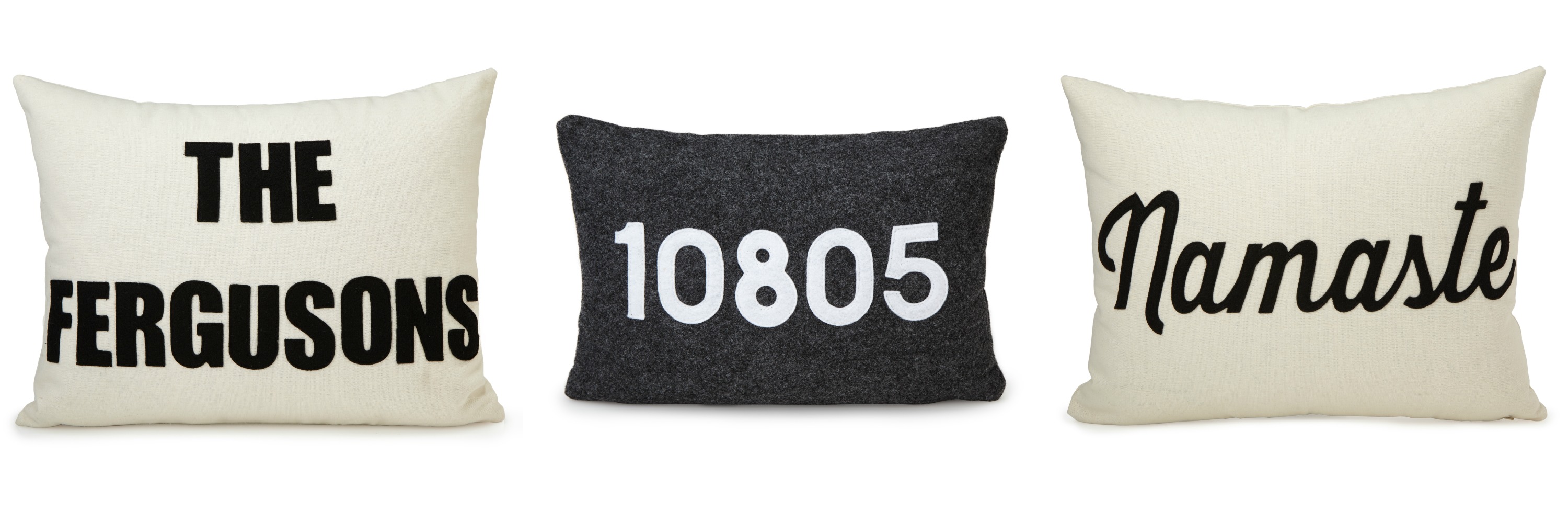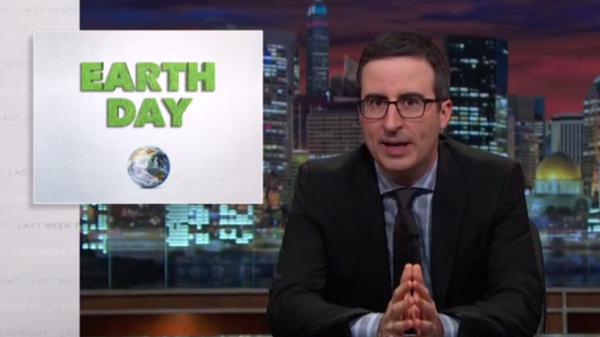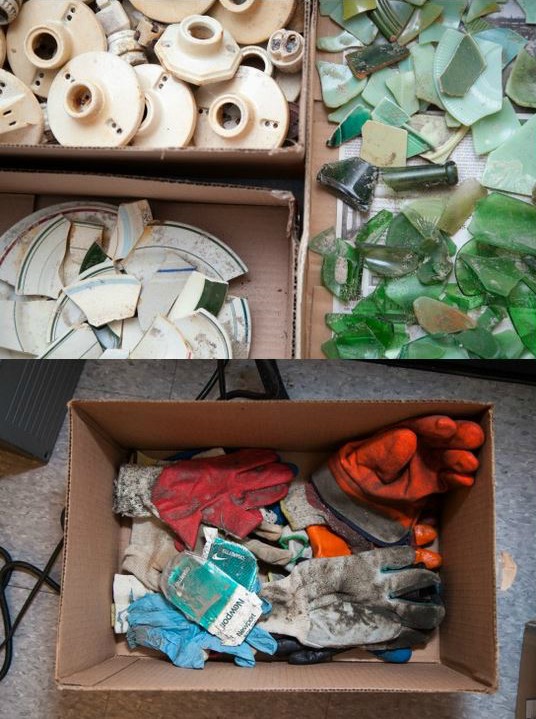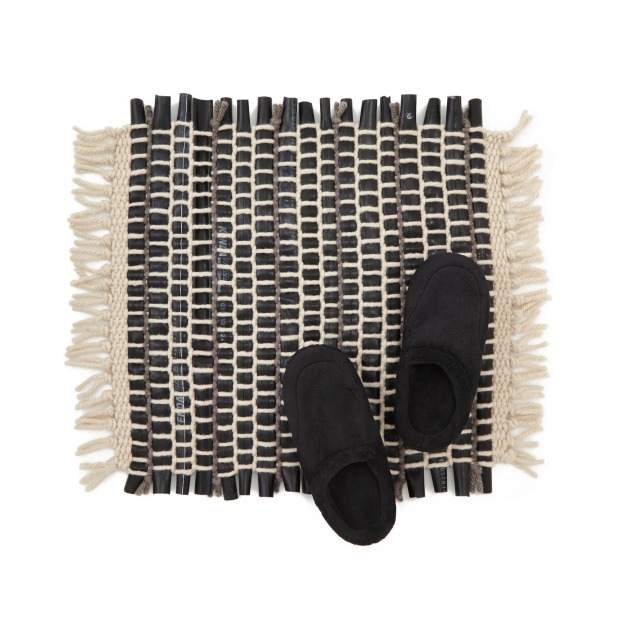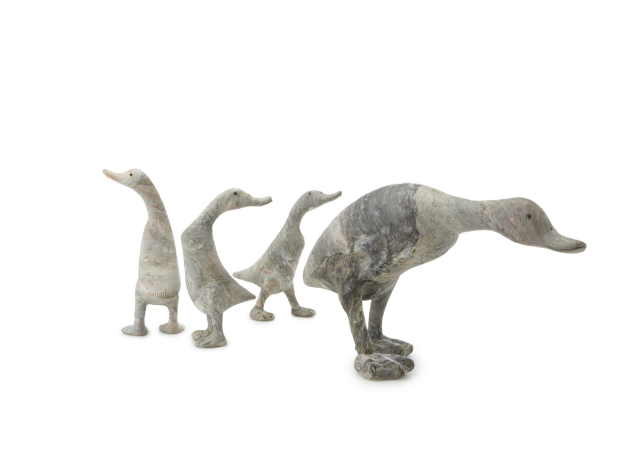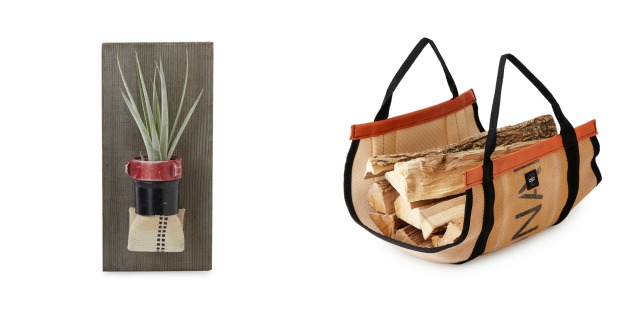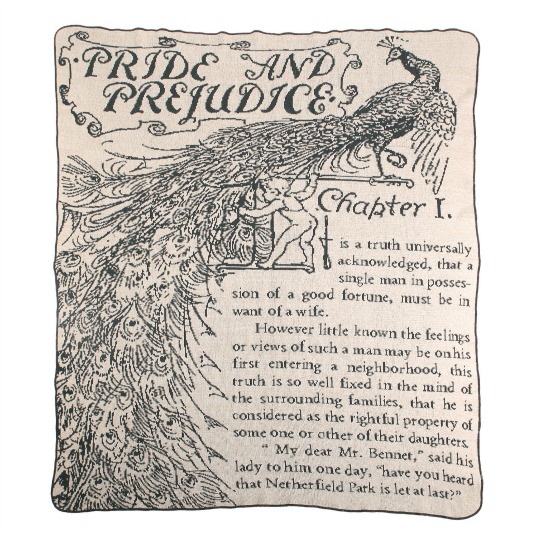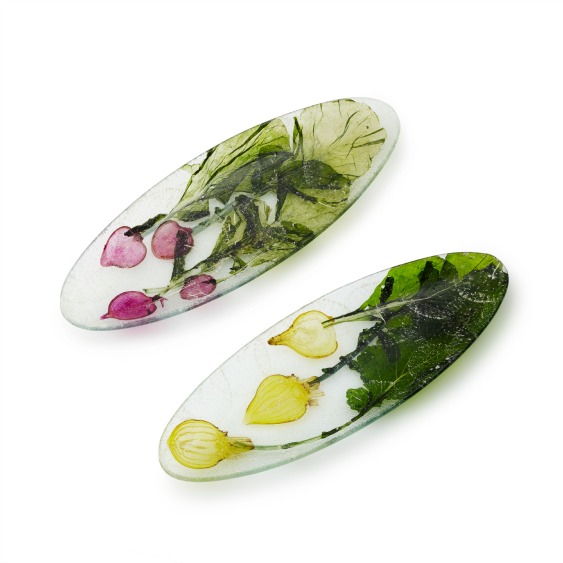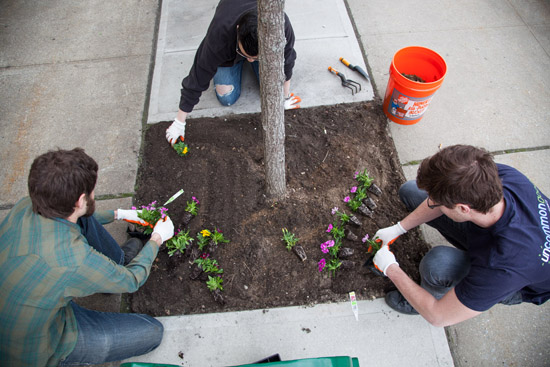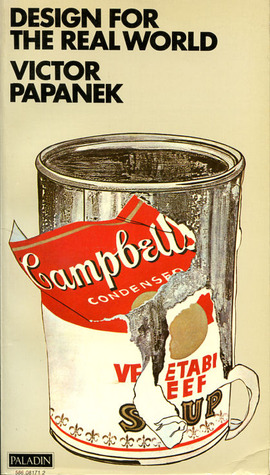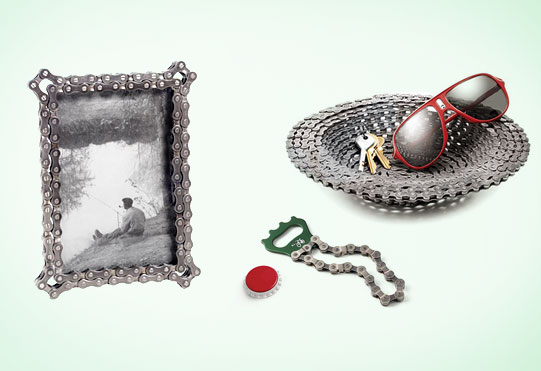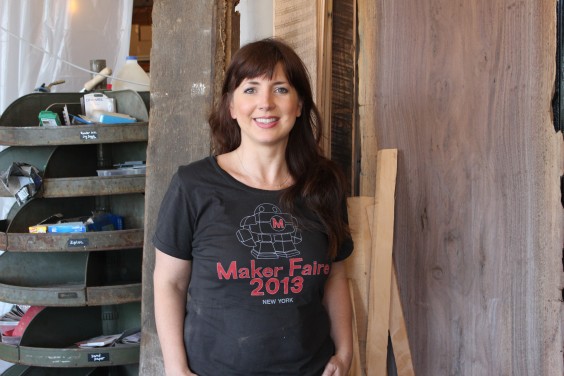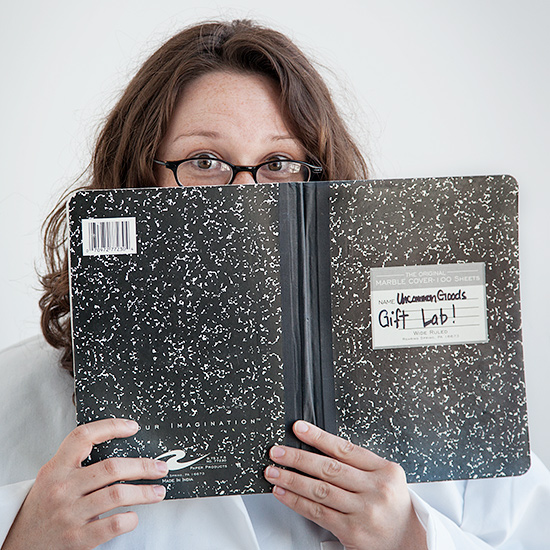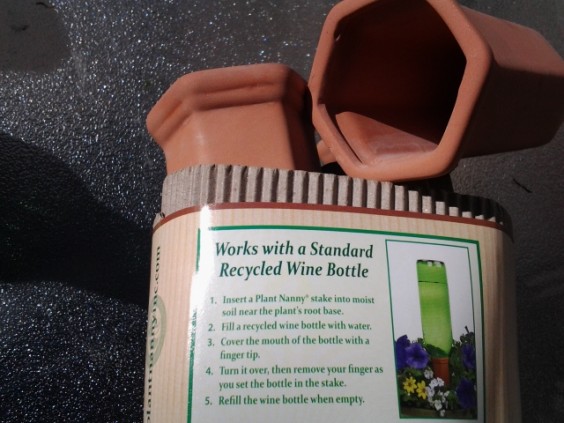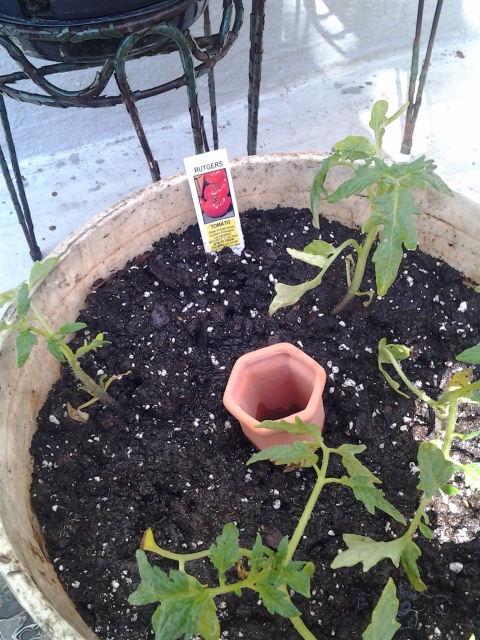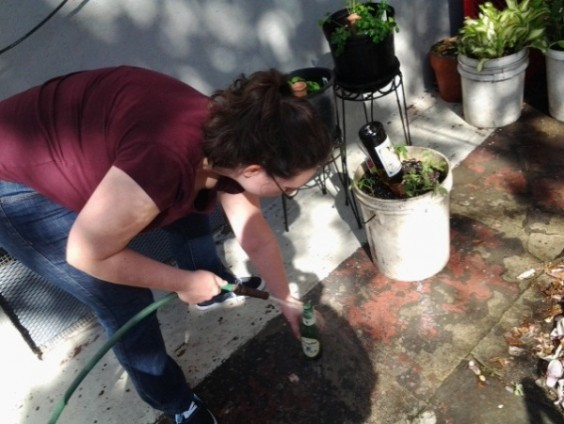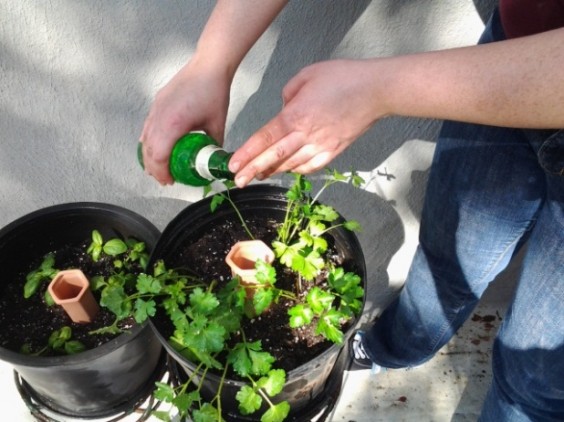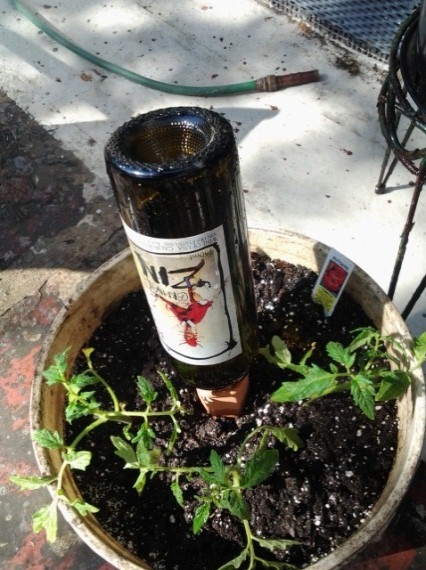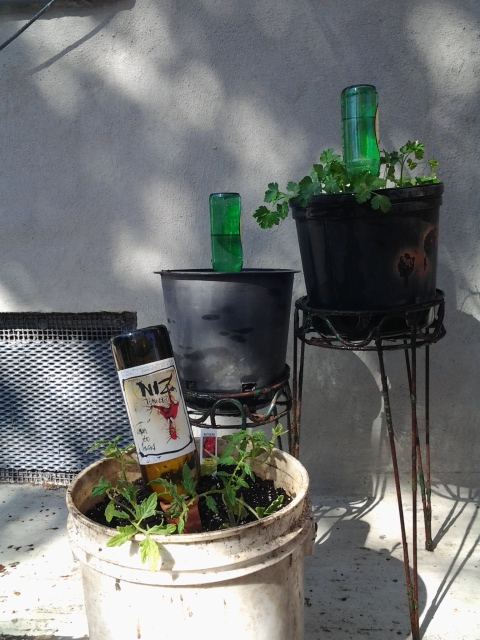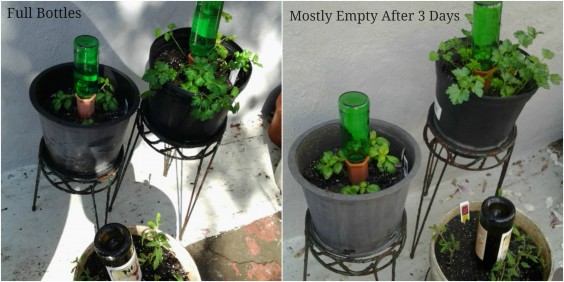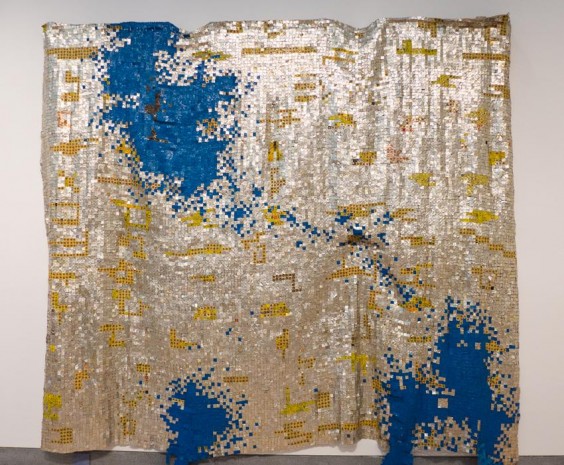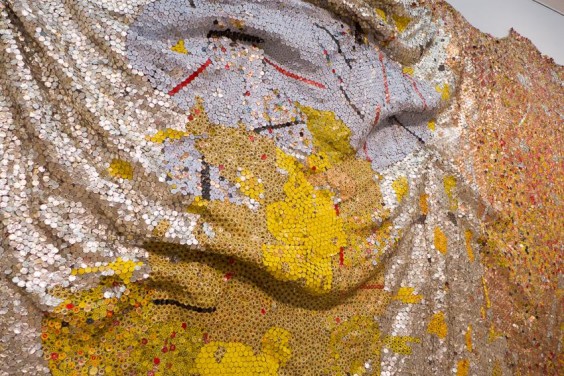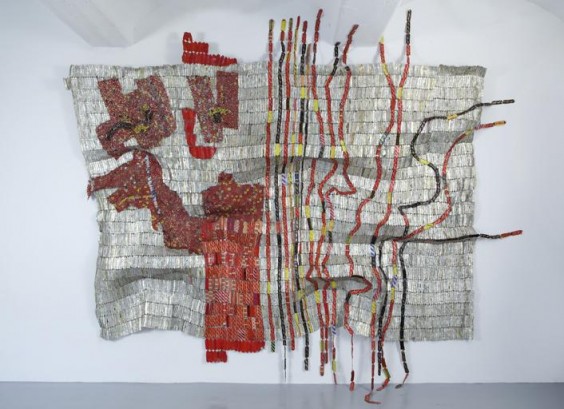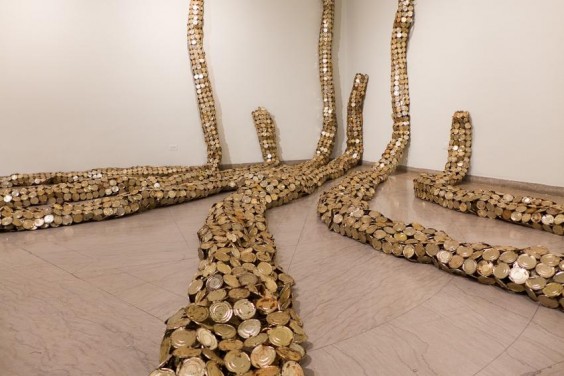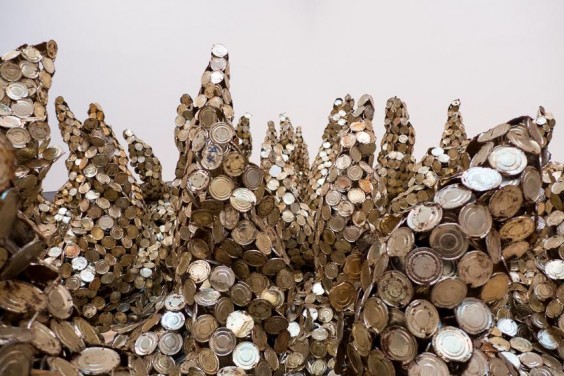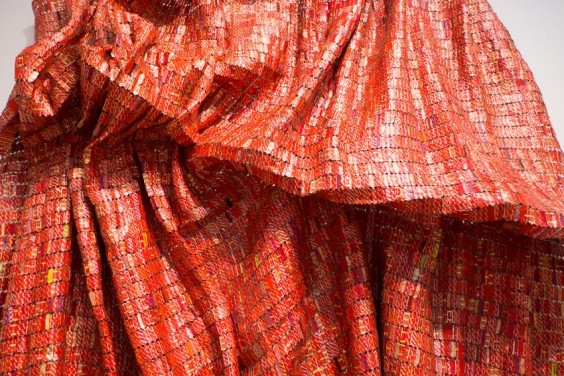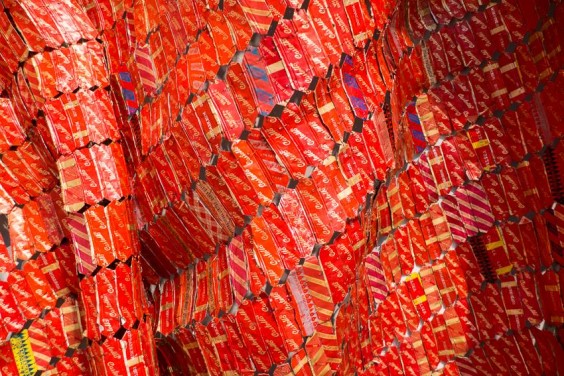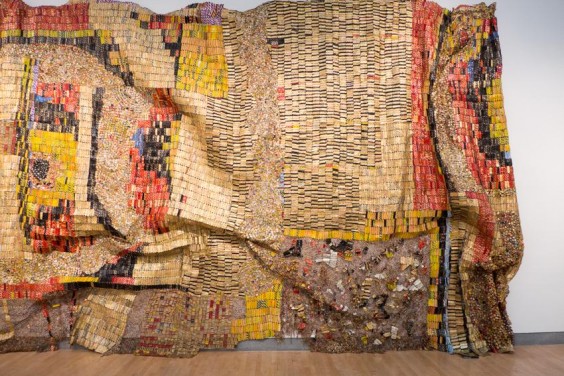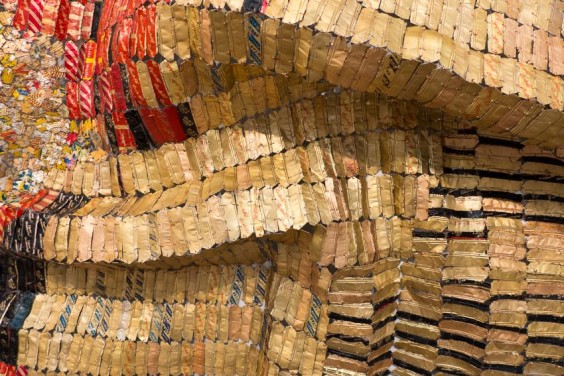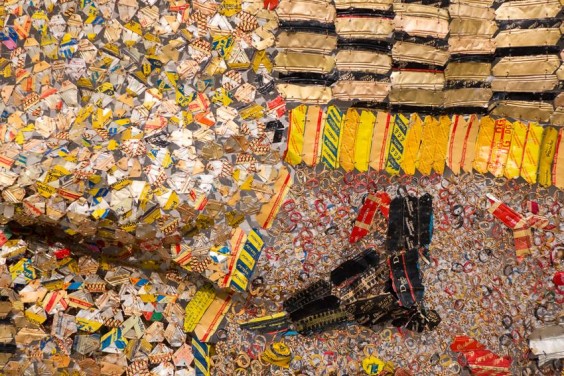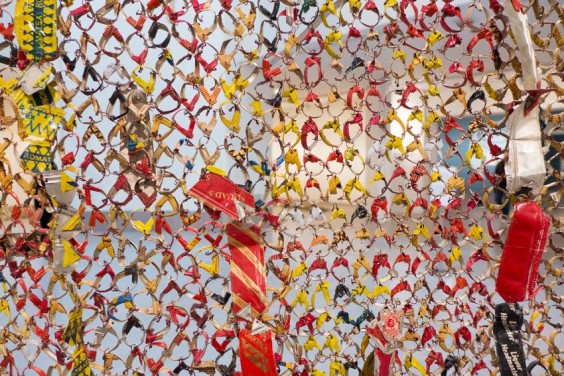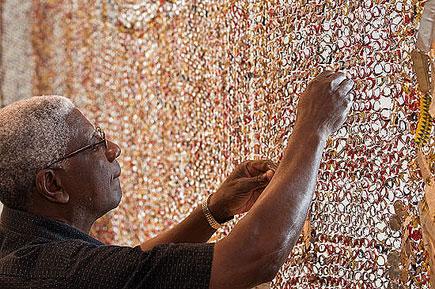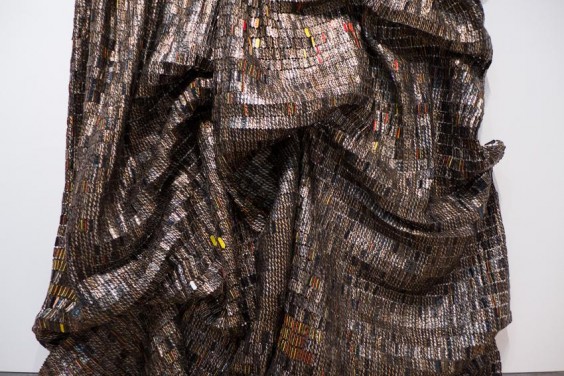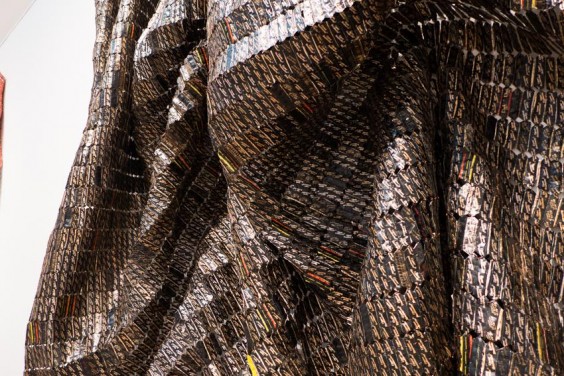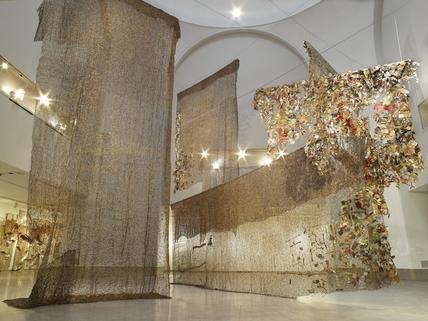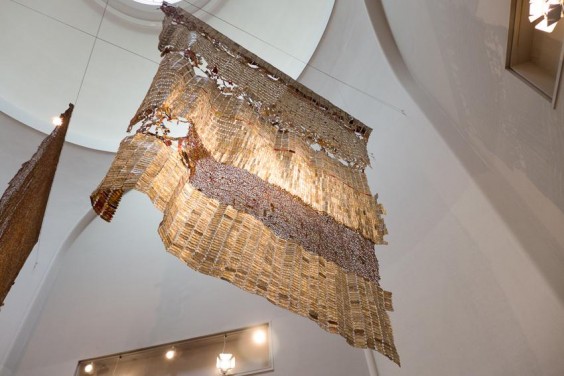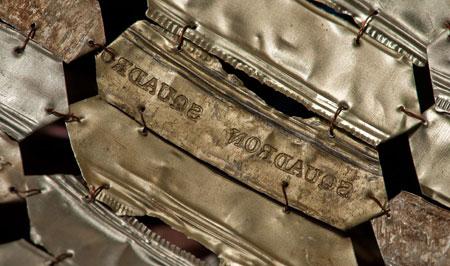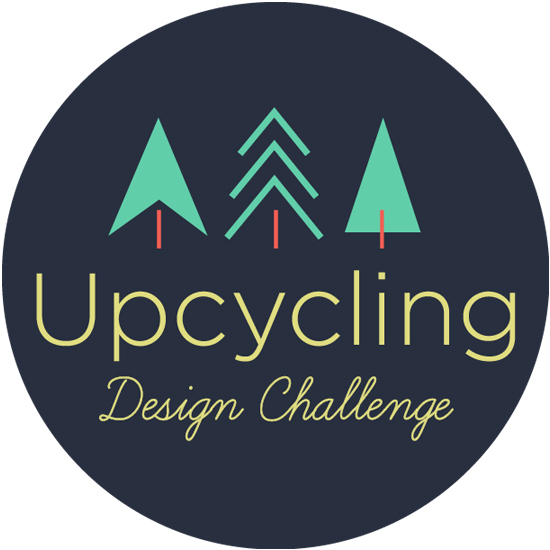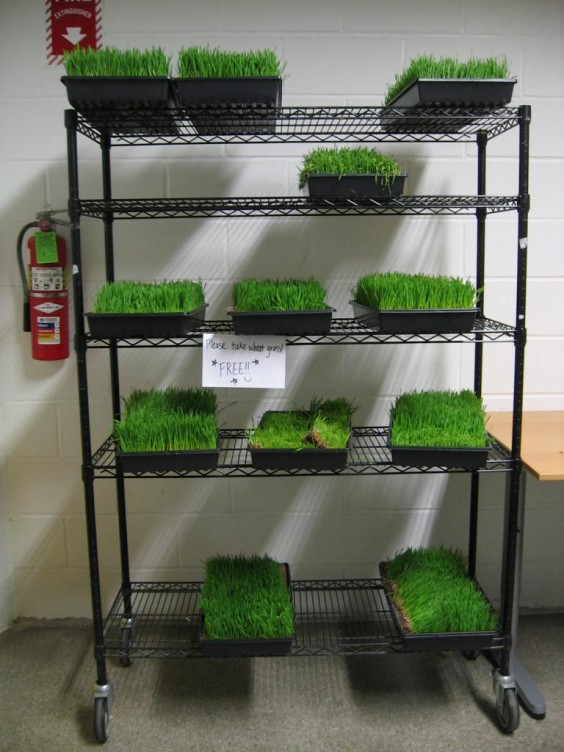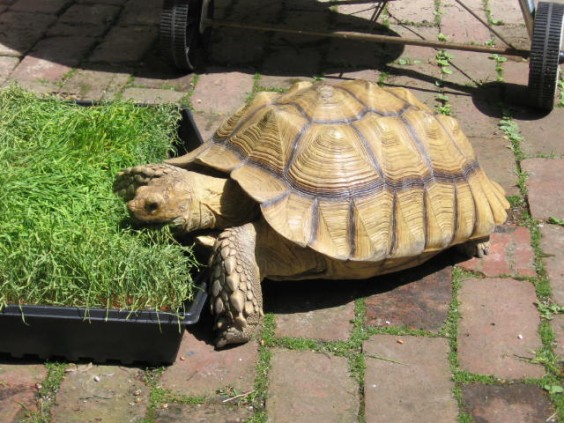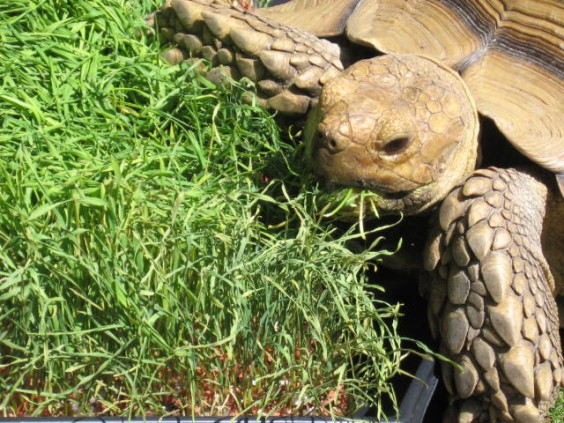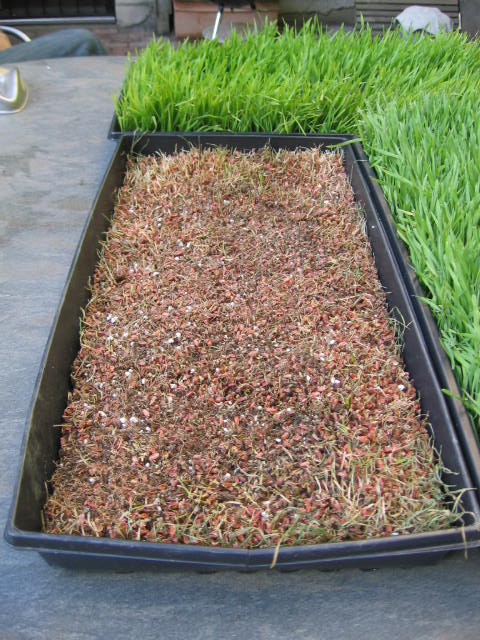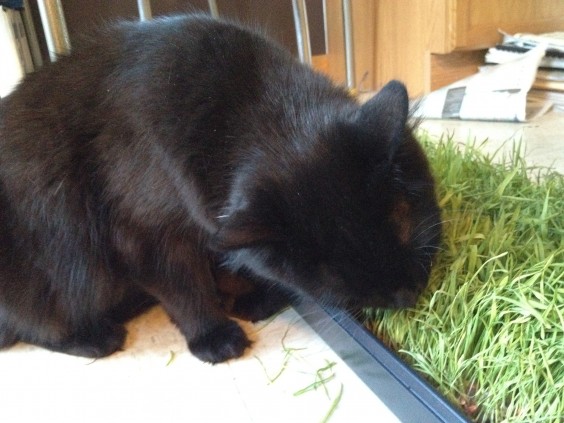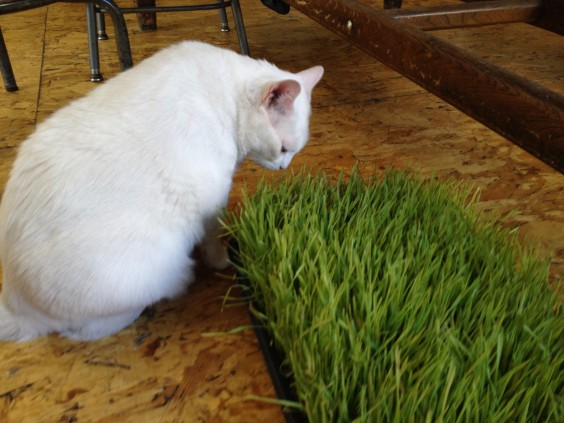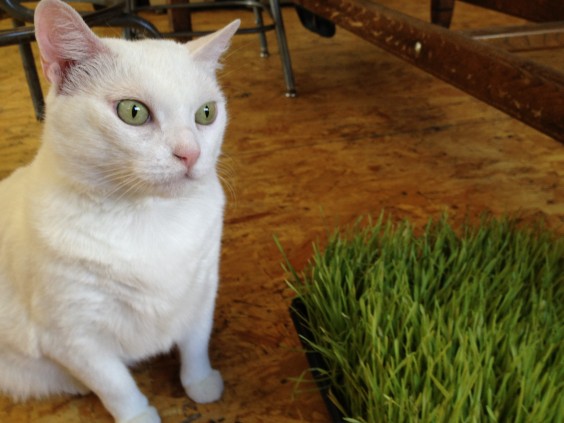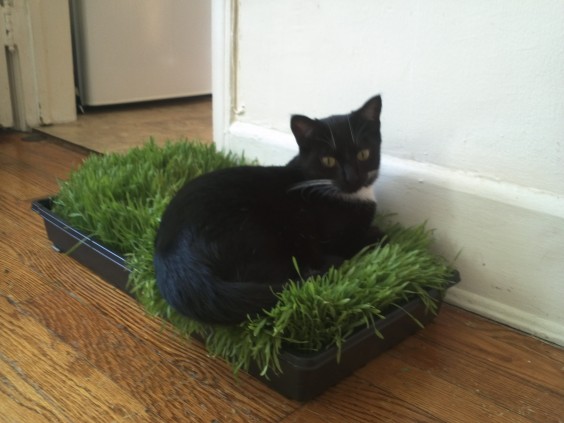Our makers never fail to motivate us, encourage our creativity, and fill us with inspiration. So, when a new design enters our assortment, we’re always excited to learn more about the person behind the product.
What gets an artist going and keeps them creating is certainly worth sharing, and every great connection starts with a simple introduction. Meet Alexandra Ferguson, the designer behind our new handmade, eco-friendly pillows.
Photo by Gabi Porter
When did you know you wanted to be an artist?
My mom, who has a fashion background, was always working on crafting projects with us as kids. So I grew up in a very creative home and learned from an early age that the best way to get something really fantastic was to make it myself.
What was the most exciting thing about becoming a professional artist?
I love working out of my factory. Working with an incredibly talented team to roll up your sleeves and make something is a really satisfying way to spend your day. I also love speaking with my customers – we are so lucky to have such a passionate and dedicated cult fan base. I get so much inspiration from them!
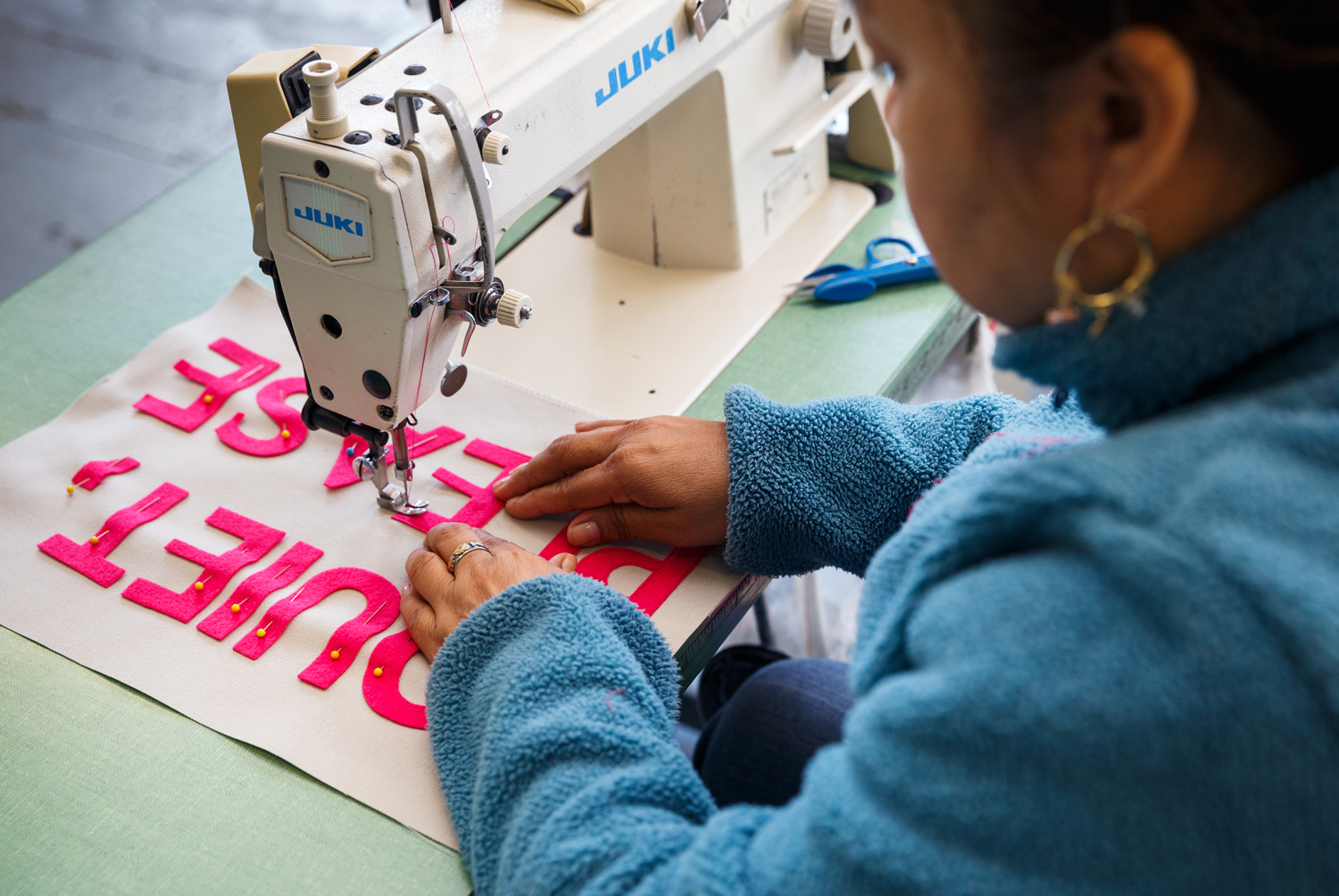
What does your typical day in the studio look like?
A lot of my day is spent managing the work flow through the room. Our factory is designed to be incredibly lean and agile, handling a large volume of custom orders with a very short lead time. Often I feel like an orchestra conductor making sure that the timing of all the moving parts is accurate. I also spend a good chunk of my day outward facing, working with customers over the phone and email, processing orders and ultimately getting boxes on the UPS truck! The best moment is watching a ton of boxes get loaded up, that’s when I can relax a little knowing that it was a job well done.
Photo by Colin Miller
Is there a trinket, talisman, or other inspirational object you keep near? If so, what is it and what does it mean to you?
My own pillows! I think I have 3 of our “Breathe” pillows in my office. Those are helpful when I’m feeling overwhelmed.
Imagine you just showed your work to a kindergartener for the first time. What do you think he/she would say?
They’d probably read it aloud! My 5-year-old nephew loves to practice his reading and writing with “Aunt Al’s” pillows. “Here Comes Trouble” is a favorite among the toddler set. I get lots of cheeky twinkles when they read that one.
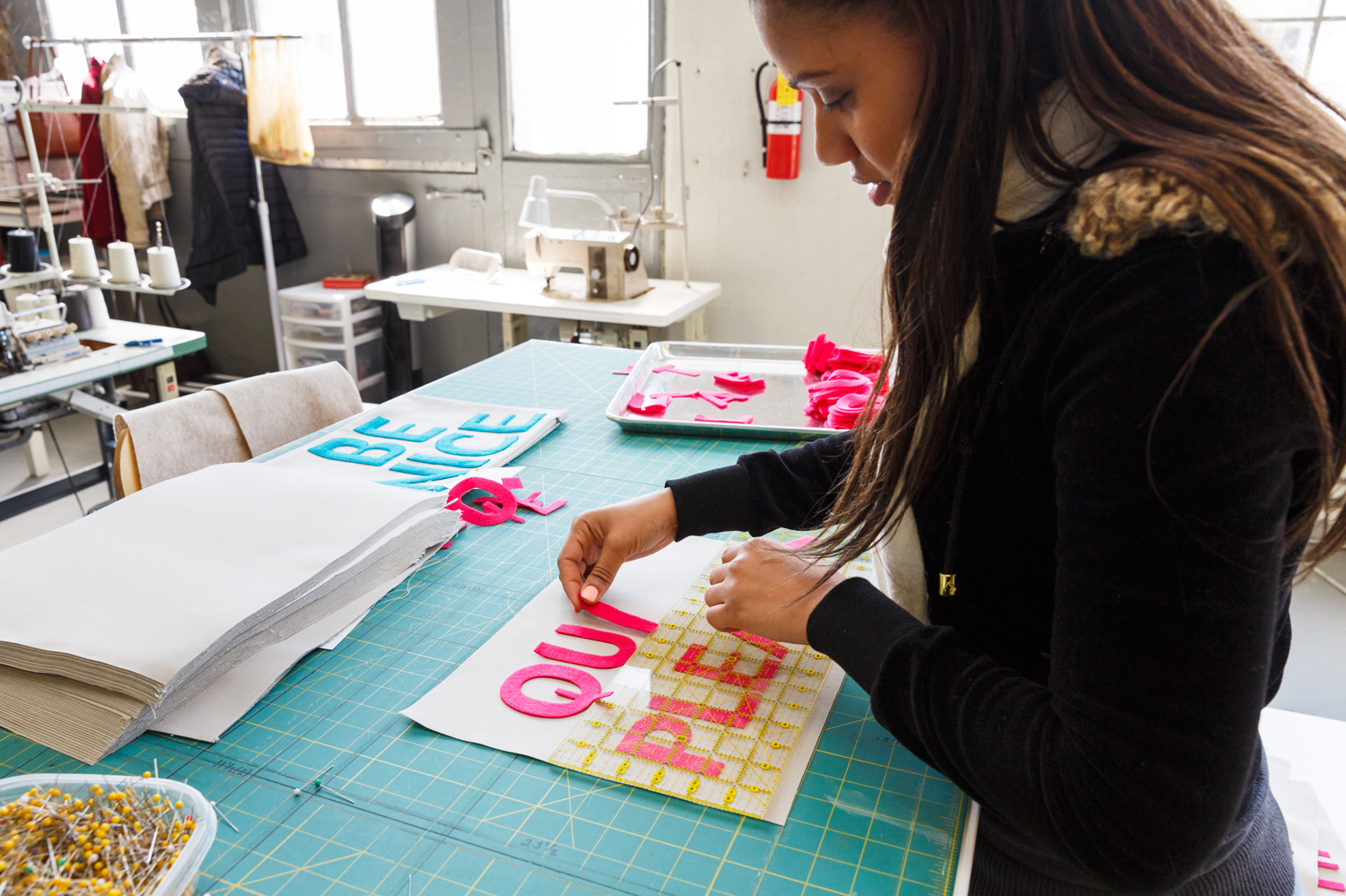
What quote or mantra keeps you motivated?
Um, do you have space for 80? “I work hard for the money” is a favorite. There’s no sitting back and relaxing in my factory, and I’m proud of the hustle!



